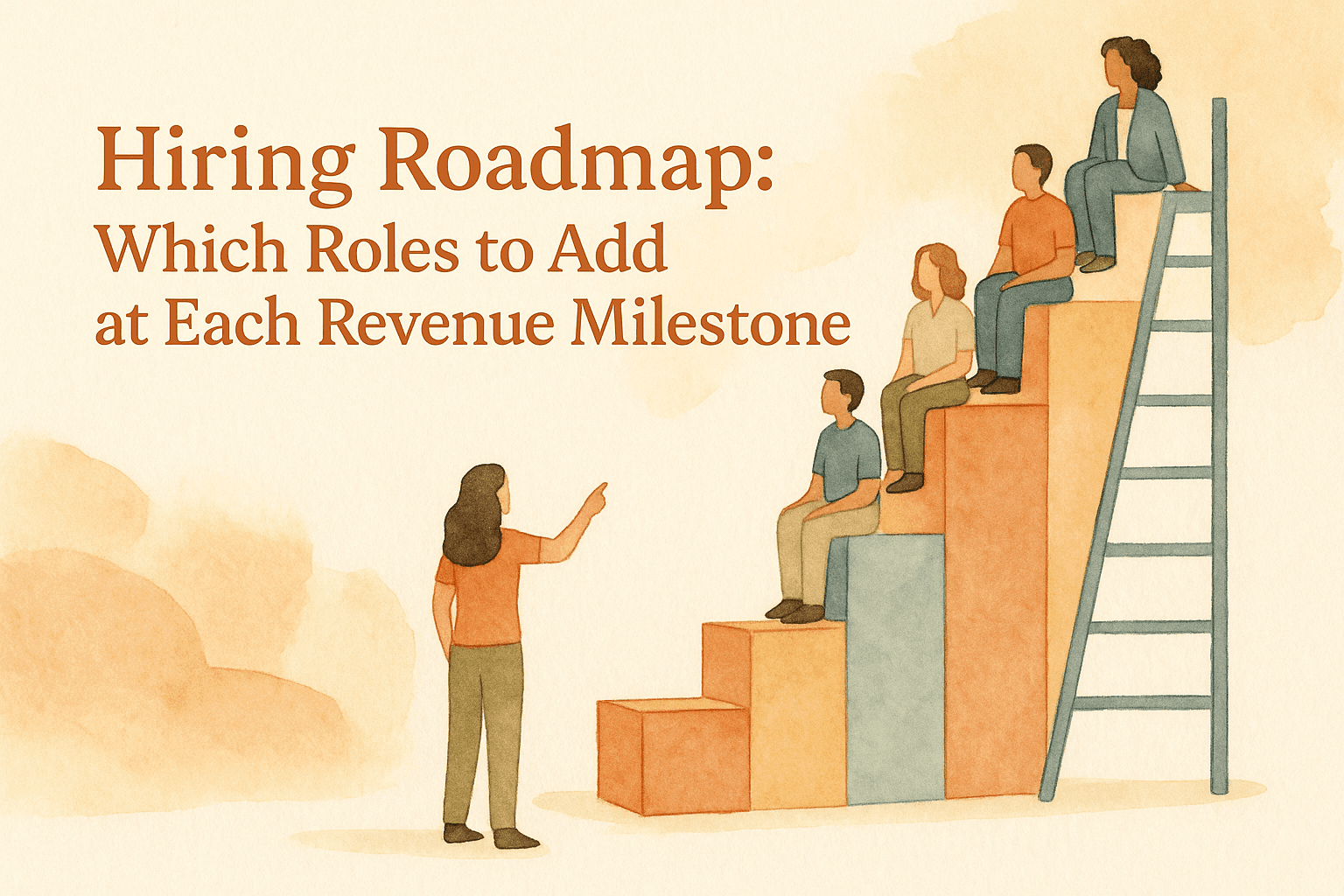Training Program Development for New Hires
Updated:
January 15, 2025
12 minutes
The Hidden Costs of Inadequate Training
Many scaling businesses neglect to invest in a formal training program, often due to a perceived lack of time or resources. However, the costs of inadequate training can be far greater than the investment required to create a quality program. These hidden costs include:
• Slower Time to Productivity: Without a structured training program, it can take new hires months to become fully proficient in their roles. This extended learning curve represents a significant loss of productivity.
• Increased Employee Turnover: New hires who feel unsupported and unprepared are more likely to become disengaged and to leave the company. High turnover is not only costly but also disruptive to team morale and productivity.
• Inconsistent Customer Experience: When employees are not properly trained, they are more likely to make mistakes and to provide a subpar customer experience. This can damage your brand reputation and lead to lost customers.
• Reduced Employee Engagement: A lack of training can leave new hires feeling undervalued and disconnected from the company. This can lead to a decline in morale and a lack of motivation.
The 5 Components of an Effective New Hire Training Program
A comprehensive new hire training program should be more than just a quick overview of company policies. It should be a structured and engaging experience that sets your new hires up for success. The five essential components of an effective program are:
• Company Onboarding: This component should provide new hires with a deep understanding of your company's mission, vision, values, and culture. It should also cover the basics of your business, including your products, your customers, and your competitive landscape.
• Role-Specific Training: This component should provide new hires with the specific skills and knowledge they need to excel in their roles. This could include training on your eCommerce platform, your customer service software, or your marketing automation tools.
• Process and Workflow Training: This component should provide new hires with a clear understanding of your company's processes and workflows. This will help them to understand how their work fits into the bigger picture and how to collaborate effectively with their colleagues.
• Systems and Tools Training: This component should provide new hires with hands-on training on the specific systems and tools they will be using in their day-to-day work. This will help them to become proficient quickly and to avoid common mistakes.
• Ongoing Development: Your training program should not end after the first week. You should have a plan for ongoing development that will help your new hires to continue to grow and to develop their skills over time.
Developing Your Training Program
Now that you understand the key components of an effective training program, let's take a closer look at the steps involved in developing your program.
1. Conduct a Needs Assessment
The first step is to conduct a needs assessment to identify the specific skills and knowledge that your new hires need to be successful. This will require you to analyze the requirements of each role and to identify any gaps in your existing training materials.
2. Design Your Training Content
Once you have identified the needs of your new hires, you can begin to design your training content. Your content should be engaging, interactive, and easy to digest. You should use a variety of different formats, including:
• Written materials: This could include everything from a company handbook and process documentation to cheat sheets and FAQs.
• Video tutorials: Video tutorials can be a great way to demonstrate how to use a specific tool or to walk through a complex process.
• Live training sessions: Live training sessions, whether in-person or virtual, can be a great way to foster interaction and to answer questions in real-time.
• Hands-on exercises: Hands-on exercises can be a great way for new hires to practice their new skills in a safe and supportive environment.
3. Build a Centralized Knowledge Base
To ensure that your training materials are easily accessible, you should build a centralized knowledge base. This could be a dedicated section of your company intranet or a tool like Confluence or Notion. Your knowledge base should be well-organized, searchable, and regularly updated.
Implementing and Evaluating Your Training Program
Once you have developed your training program, the next step is to implement it. A successful implementation will require careful planning and execution.
1. Create a Training Schedule
You should create a detailed training schedule for each new hire. The schedule should outline what they will be learning each day and who will be responsible for delivering the training.
2. Assign a Mentor or Buddy
Assigning a mentor or buddy to each new hire can be a great way to provide them with a dedicated point of contact for questions and support. The mentor or buddy can also help the new hire to navigate the company culture and to build relationships with their new colleagues.
3. Get Feedback and Iterate
You should regularly get feedback from your new hires on the effectiveness of your training program. This will help you to identify areas for improvement and to make your program even better over time.
Conclusion
A structured training program is a critical investment for any scaling eCommerce brand. By developing a comprehensive program that covers all of the essential components, by creating engaging and accessible training content, and by implementing a process for continuous improvement, you can set your new hires up for success, improve employee retention, and build a high-performing team that will drive your business forward.

